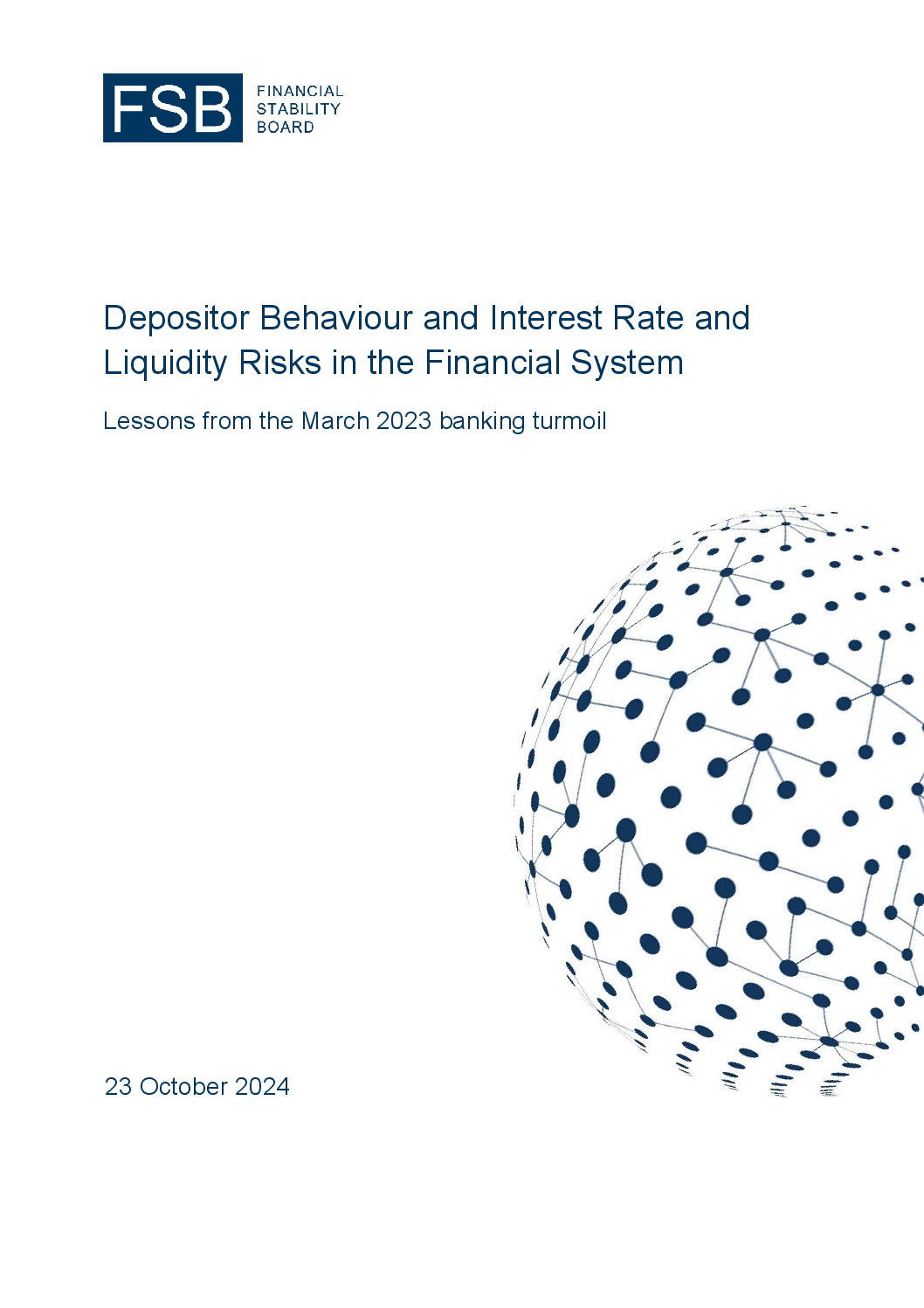The commercial real estate (CRE) market has experienced significant stress in recent years. Certain segments, such as offices and retail space, experienced weak demand since the COVID-19 pandemic due to the shift to home working. Stress was also caused by the increased borrowing costs that took place in 2022 and 2023 in a number of advanced economies. The 2024 FSB report on the confluence of interest rate and liquidity risks in the financial system identified, among other things, non-bank CRE investors – comprising real estate investment trusts (REITs), property funds, and other non-bank mortgage lenders – as one of the entity types vulnerable to higher interest rates.
This report examines the main vulnerabilities associated with non-bank CRE investors, particularly REITs and property funds. It provides an overview of global CRE markets, looking at definitions, market size, and recent performance trends, as well as exposures and interlinkages among market participants. The report also identifies data gaps that hinder effective monitoring of non-banks’ involvement in CRE at a jurisdictional and global level.
See more charts by selecting from the dropdown menu
Source: FSB
Changes since 2018
2018 = 100
The trends for TR coincide with the high inflation taking place since November 2021 and is displayed on the left axis for some panels.
Source: FSB member submissions; JLL Research.
Source: MSCI (2024), Real Estate Market Size, July.
